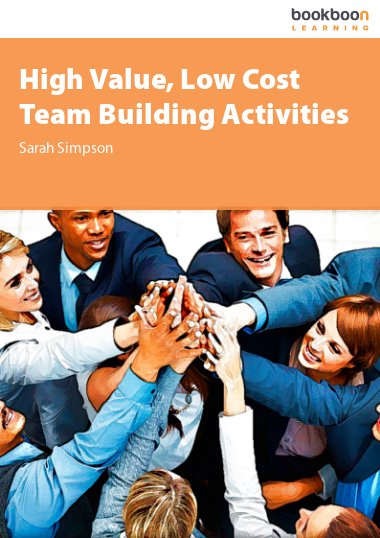How do team games make you feel; horrified, skeptical, apprehensive, embarrassed, excited?
The benefit of team activities is seen when they are; well facilitated, congruent with learning outcomes, on going, proactive, well debriefed & followed up. This ensures they provide an influence long after the activity has concluded.
This book explains 60 activities, facilitator skills & approaches, post activity debrief and follow up options and suggestions for debrief models, theories & concepts that will add depth and insight and ensure activities are more than a standalone 'game'.

